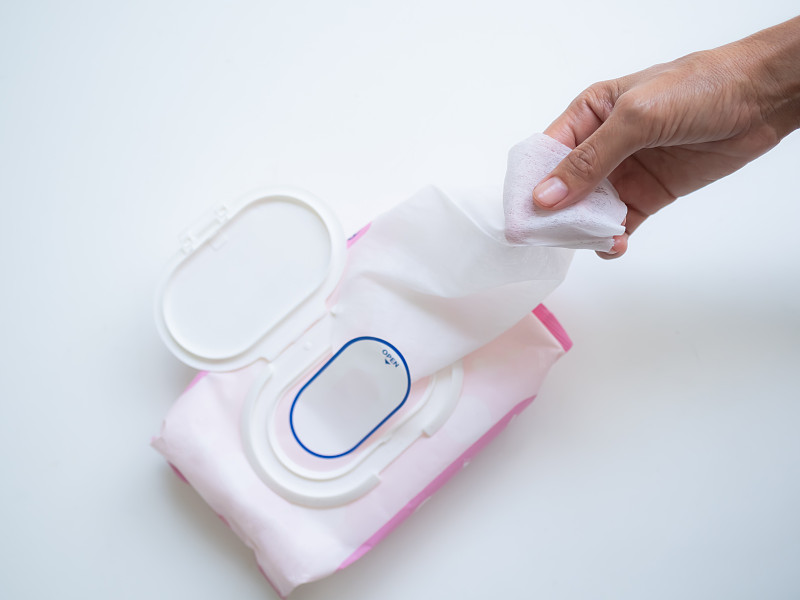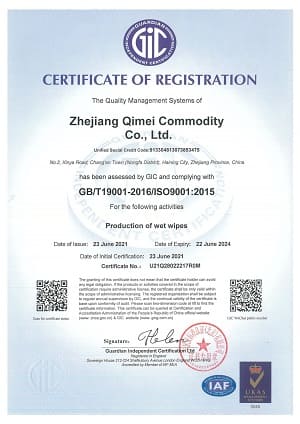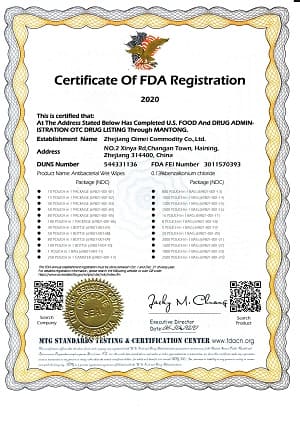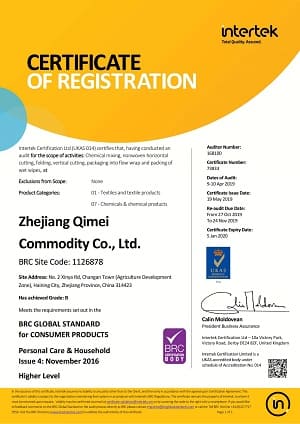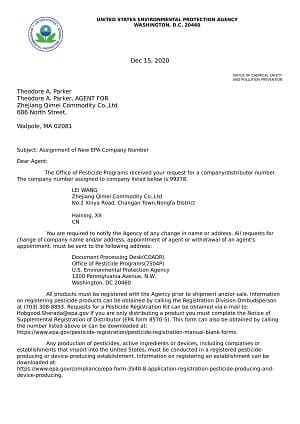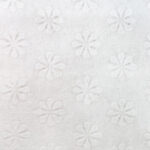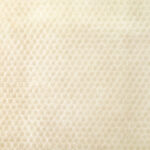Spunlace onwoven Tipo de tela: poliéster, material de mezcla de poliéster y viscosa, fibra de bambú, pulpa de madera (lavable), algodón o fibra de soja (biodegradable)
Plano o texturizado (su propio LOGOTIPO está disponible)
Peso: 30-80 g/m²
1/10/30/80/100/120/160 uds/paquete
El tamaño más común de toallitas desechables es de alrededor de 5 a 6 pulgadas por 7 a 8 pulgadas (13 a 15 cm por 18 a 20 cm). Este tamaño es conveniente para un solo uso y proporciona suficiente superficie para limpiar y refrescar el área genital externa. . Sin embargo, algunas toallitas íntimas pueden ser más pequeñas o más grandes que este tamaño estándar para satisfacer preferencias o necesidades específicas de los consumidores.
1. Bolsa plástica resellable: este es el tipo más común de empaque de toallitas húmedas. Está hecho de plástico y tiene una tira resellable en la parte superior para mantener las toallitas húmedas y frescas.
2. Envase con tapa abatible: este tipo de envase consiste en un envase de plástico con una tapa abatible que se puede abrir y cerrar para acceder a las toallitas.
3. Paquete blando con tapa abatible de plástico: Similar al contenedor con tapa abatible, este empaque viene en un paquete blando y tiene una tapa abatible de plástico para facilitar el acceso.
4. Dispensador emergente: este tipo de empaque cuenta con un mecanismo dispensador emergente que saca una toallita a la vez.
5. Paquete de viaje: un paquete pequeño diseñado para usar sobre la marcha, a menudo viene con un cierre de presión de plástico.
6. Empaque de un solo uso: estas toallitas húmedas vienen en paquetes pequeños sellados que son convenientes para viajes o actividades al aire libre.
7. Bolsa de recarga: este empaque de mayor tamaño está diseñado para recargar otros recipientes de toallitas húmedas y, por lo general, tiene una abertura que se puede volver a sellar.
Las toallitas desechables generalmente se formulan utilizando una combinación de agua, fibras de celulosa y varios aditivos como tensioactivos, emulsionantes, conservantes y fragancias. Las fibras de celulosa utilizadas en las toallitas desechables suelen derivarse de pulpa de madera, algodón u otras fibras naturales que son biodegradables y capaces de descomponerse en agua.
Para garantizar que las toallitas desechables sean seguras y no causen daños a las tuberías ni a los sistemas de aguas residuales, están diseñadas para dispersarse y descomponerse rápidamente cuando entran en contacto con el agua. Esto se logra mediante el uso de tipos específicos de fibras, así como mediante la inclusión de dispersantes y otros aditivos que promueven una rápida desintegración.
Pautas de desecho de INDA/EDANA: La Asociación Internacional de No Tejidos y Desechables (INDA) y la Asociación Europea de No Tejidos y Desechables (EDANA) han desarrollado pautas para productos que se pueden desechar, incluidas las toallitas. Las directrices proporcionan un conjunto de pruebas y criterios para evaluar la capacidad de las toallitas y garantizar que se descompongan rápidamente en el sistema de alcantarillado.
ISO 22716: Es una norma internacional para la producción, control, almacenamiento y envío de productos cosméticos, que incluye toallitas de cuidado personal. Cubre las Buenas Prácticas de Manufactura (GMP) para la producción, control, almacenamiento y envío de productos cosméticos.
Estándar internacional NSF 350: este es un estándar para productos que afirman ser desechables, biodegradables y compostables. La norma proporciona un marco para probar y certificar productos que cumplen criterios ambientales específicos.
EPA Safer Choice: este programa ayuda a los consumidores a identificar productos que son más seguros para el medio ambiente y la salud humana. Las toallitas que cumplen con los criterios de Elección más segura de la EPA deben cumplir ciertos estándares ambientales y de salud humana.
